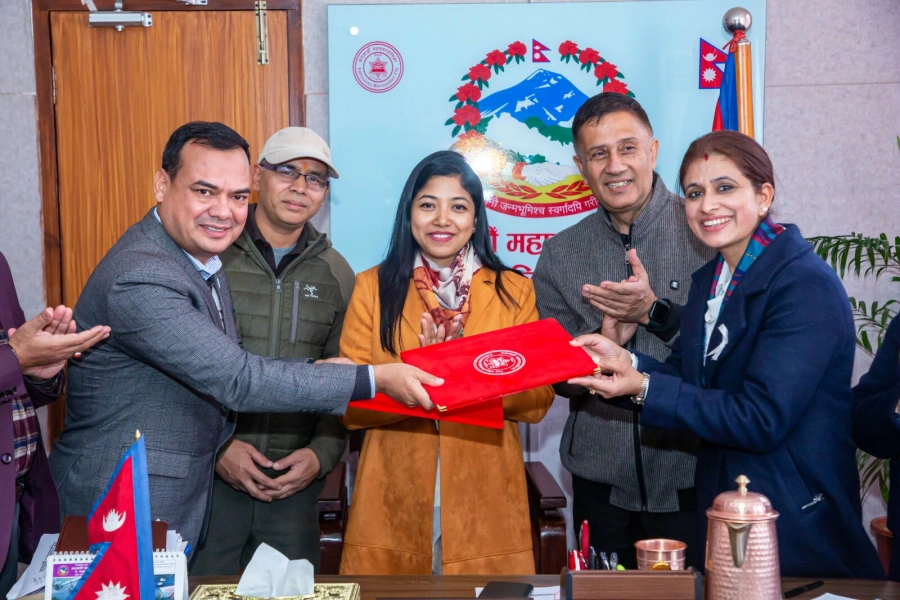A woman’s worth is not determined by her ability to bear children but by the love she brings to the world. However, this is simply not the tale told by the gaze of society.

The project led by UML Politburo member Mahesh Basnet has been named ‘Oli Kuti’.












